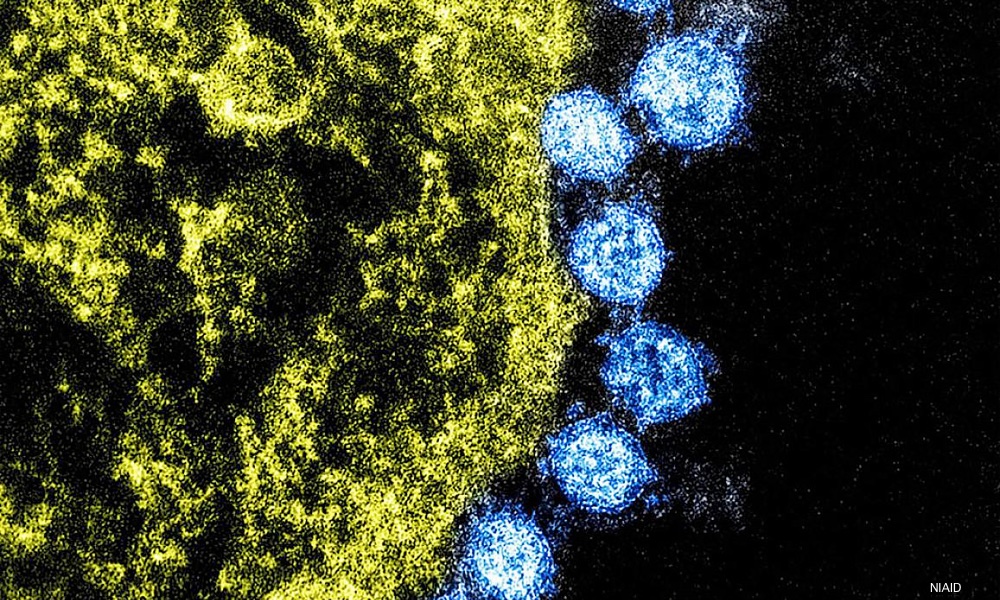Over 55 million people have been infected by the COVID-19 virus as of November 2020, and about 1.3 million have died, according to data from Johns Hopkins University.
So when a mutation of the virus was discovered in mink, it raised a new alarm.
SARS-CoV-2 variants associated with farmed mink had infected a reported 326 people in Denmark by mid-November. Those infected are between seven and 79 years of age.
Twelve of the SARS-CoV-2 patients from North Jutland, Denmark had acquired a unique variant of the virus, eight of whom had a link to the mink farming industry; four were tied to the local community. This new mutation of the novel coronavirus has been found to be moderately resistant to neutralizing antibodies. Several mink farms in Ireland have also been affected.
Having to cull and gas animals is not an easy decision. The Danish government has offered financial incentives to farmers toward this end, yet the press is citing incidences of “botched” kills, making it unclear how many of the animals — and potential transmitters of the mutated virus — remain at large. The concern is that the mutation will reach other countries and that vaccines currently being developed will not be effective for it.
The mutation found in mink operates differently in the human body. “Transmission between humans and mink and back to humans has resulted in a potentially dangerous strain of the virus, which the current vaccines may be less effective in neutralizing,” David Bar-Or, an Emergency Medicine specialist in Colorado, told TheDoctor.
The COVID virus is believed to be linked to bats, but its origin and intermediate host or hosts have not yet been identified. Infected mink in Denmark were found to have been infected by humans, a situation that has occurred around the world with domestic cats as well as big cats, such as infected tigers at the Bronx Zoo.Infected mink in Denmark were found to have been infected by humans, but transmission appears to work both ways.
“What is of particular concern in Denmark is what appears to have been a continuous and easy spread of different variants of the virus from mink to humans despite attempts by the authorities to prevent and control the spread of the virus among mink farms and from mink to humans,” the WHO spokeperson added
It is worrisome whenever any animal virus spills into the human population, or it appears an animal population could accelerate the spread of a virus affecting humans. As viruses move between human and animal populations, genetic modifications in the virus can occur.
These changes can be identified through whole-genome sequencing to determine the ramifications for humans, and Denmark announced that “at a national level, wide-ranging sequencing of positive tests will be initiated across the country, and targeted tracking and tracing efforts will be made to identify and curb the virus mutation in the rest of the country. The sequencing will be geared up to facilitate the sequencing of all positive tests in Denmark.”
An article on transmission between humans and mink and mink and humans is published in Science. News about the transmission of the new mutation is ongoing.





